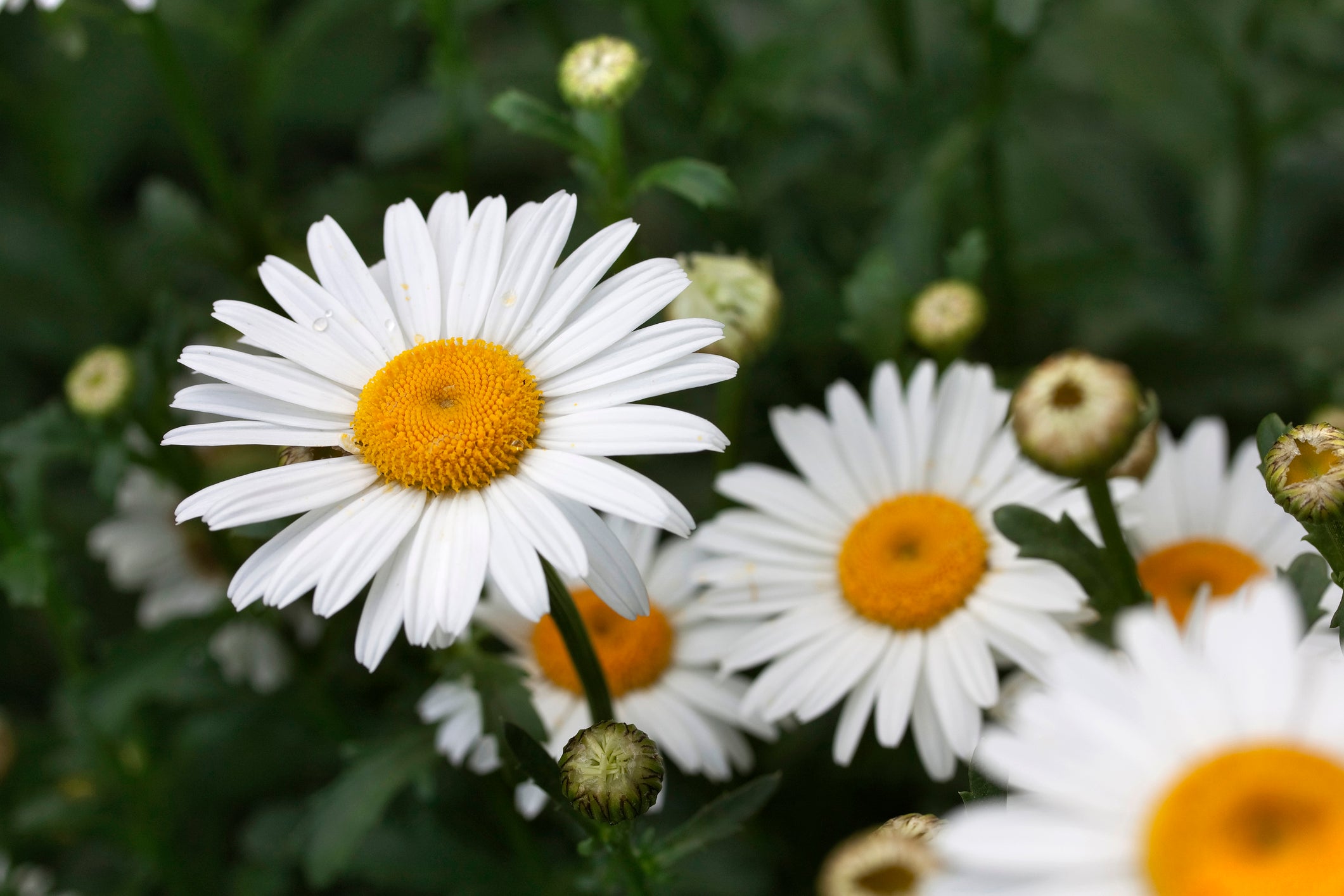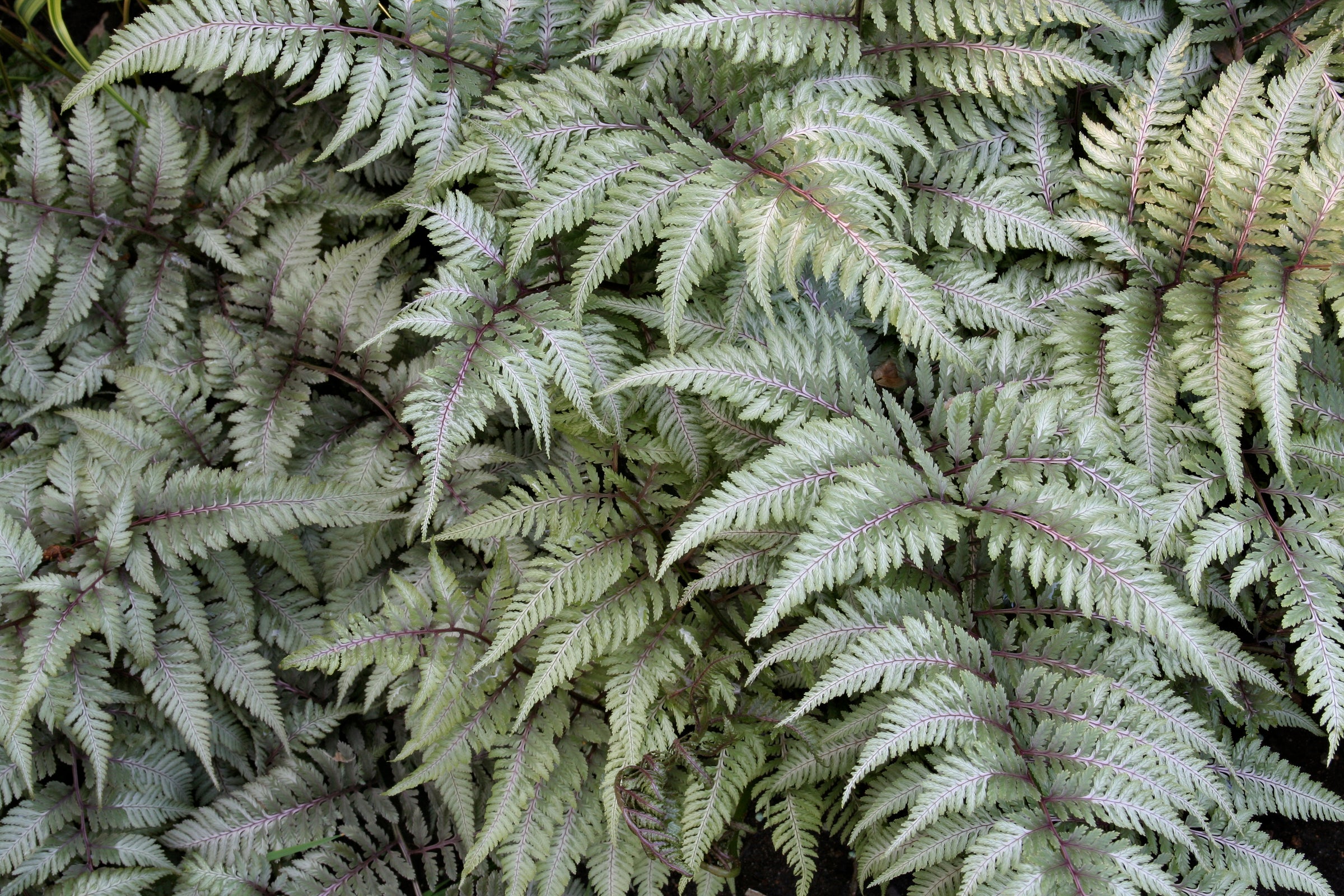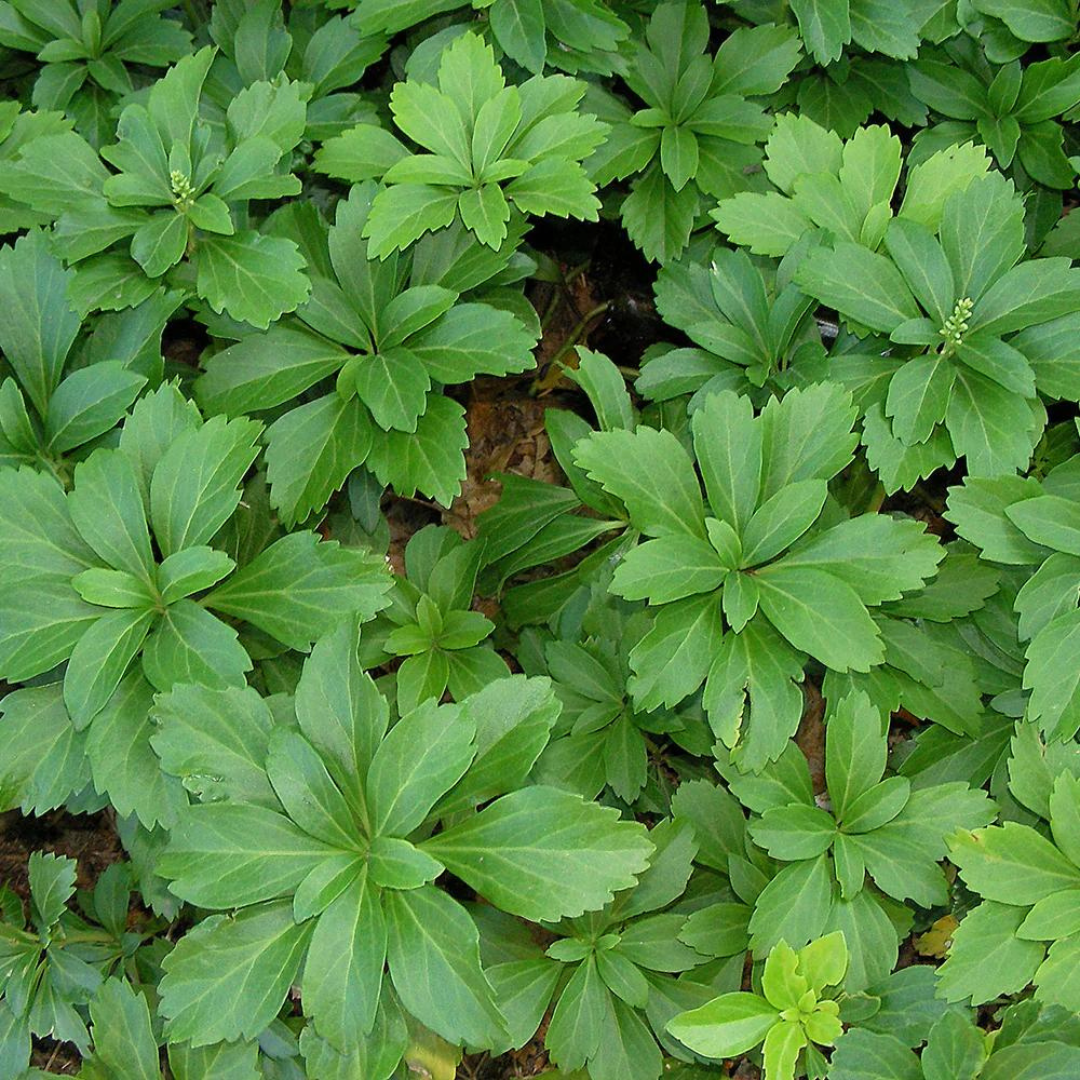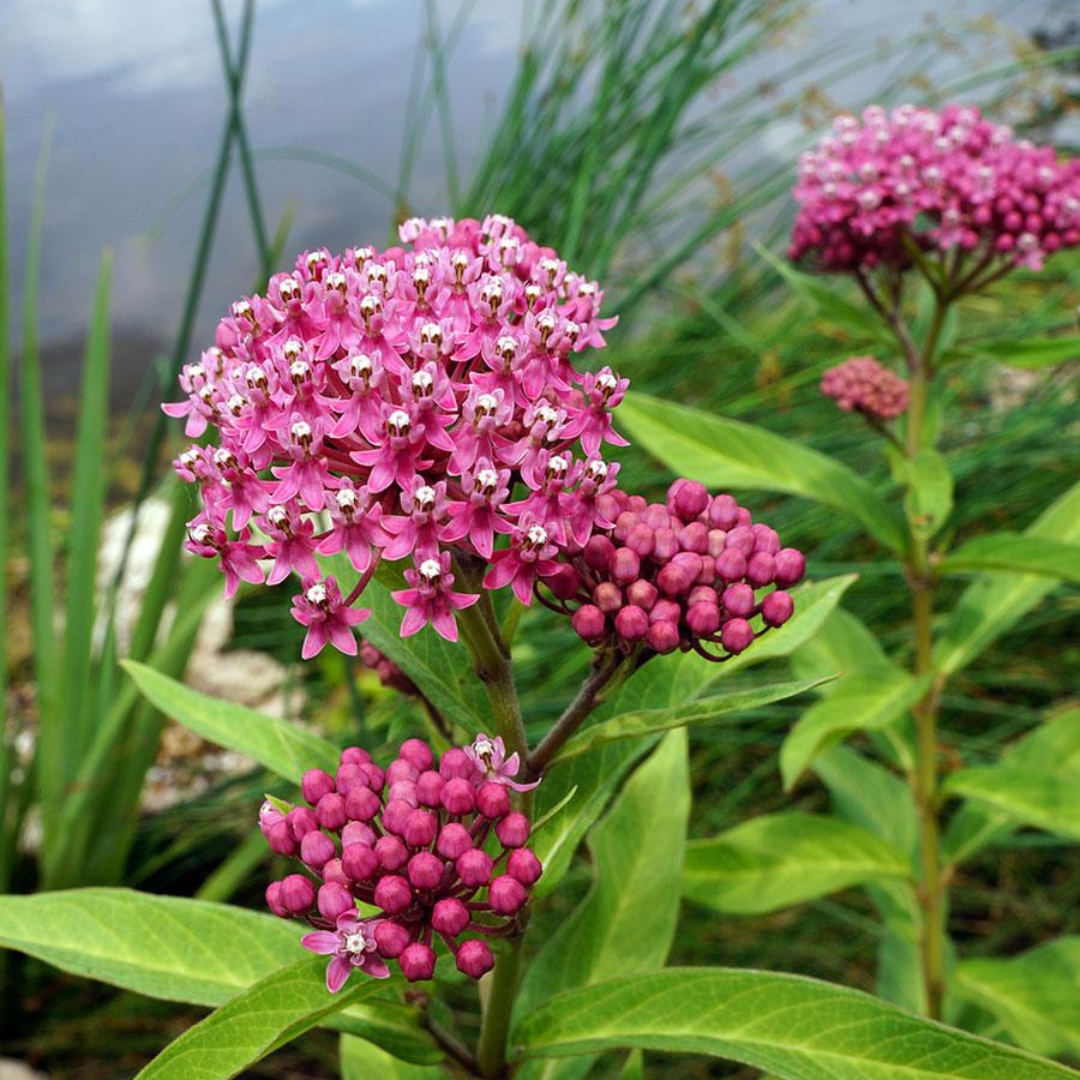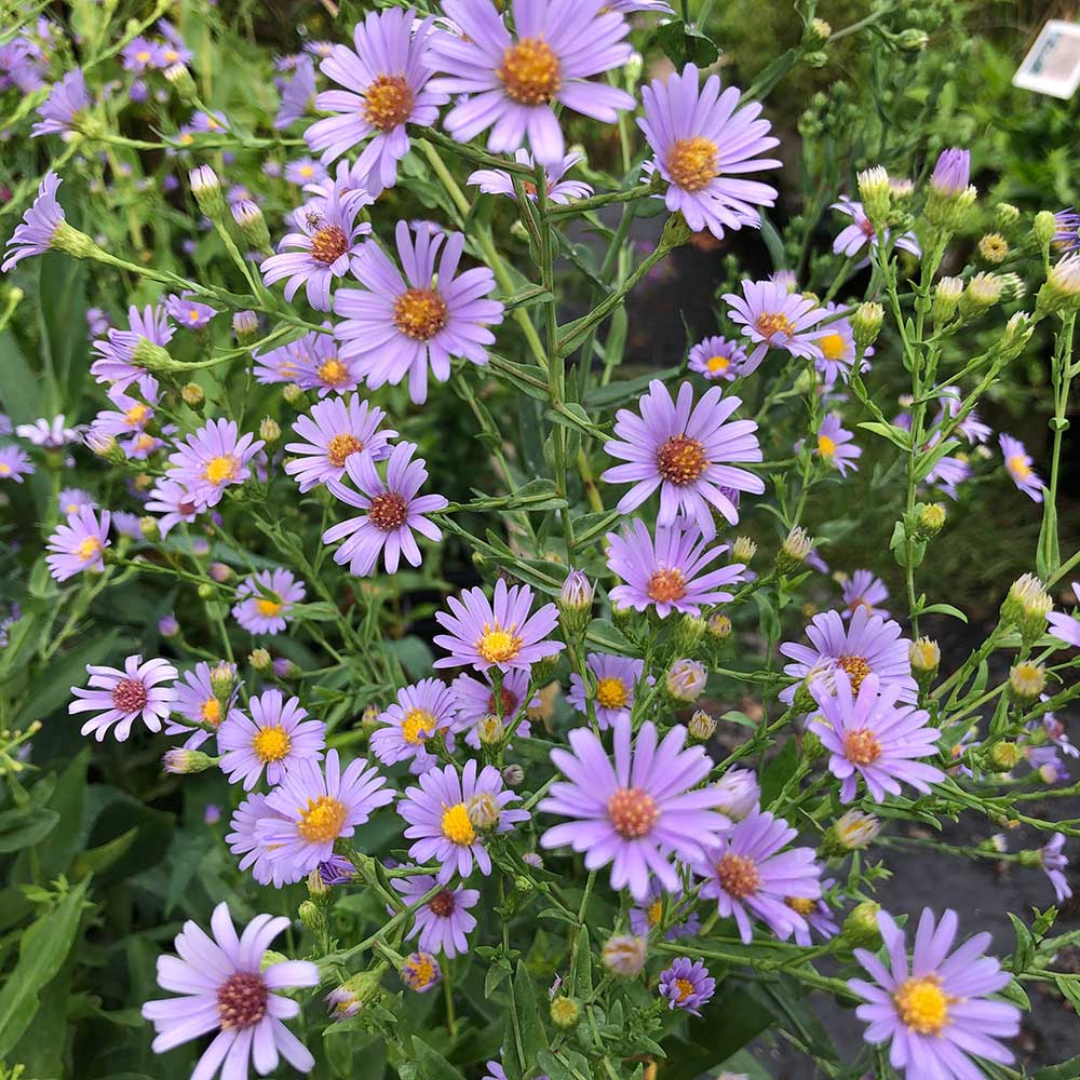
Symphyotrichum laevis
Add to Wishlist Full Sun
Full Sun
 Partial Sun
Partial Sun
 Drought Tolerant
Drought Tolerant
 Pollinator Friendly
Pollinator Friendly
 Native
Native
- In stock, ready to ship
- Backordered, shipping soon
Aster laevis: Blue Smoke on Autumn Stems
Airy and graceful, Aster laevis, also known as smooth aster, offers a soft wash of lavender-blue daisy-like flowers in early to mid-fall. Its smooth, glaucous stems and blue-green foliage lend a cool, smoky quality to the late-season garden, while its tall, arching habit adds movement and vertical rhythm. Highly attractive to bees and butterflies, this native species blends seamlessly into naturalistic plantings and brings essential forage to the pollinator garden's final act.
Plant Characteristics:
- Height: 90–120 cm
- Spread: 60–75 cm, forming an upright, open clump
- Flower Colour: Lavender-blue with yellow centres
- Flowering Period: Early to mid-fall
- Foliage: Smooth, lance-shaped, blue-green leaves; glaucous stems
- Sunlight Requirements: Full sun
- Soil Requirements: Well-drained to average soil; drought-tolerant
Uses and Benefits: Aster laevis is an excellent choice for prairie gardens, meadow plantings, and pollinator-focused borders. Its tall, open form works well with ornamental grasses and fall bloomers, while its flowers provide vital nectar for migrating butterflies and native bees. Exceptionally drought-tolerant and deer-resistant, it’s also valuable for restoring dry, sunny habitats with minimal input.
Companion Plants: Pair with the burgundy fall foliage of Andropogon 'Red October', the rich rose-purple blooms of Echinacea 'Ruby Star', and the compact golden sprays of Solidago 'Little Miss Sunshine' for a dynamic and ecologically rich planting that shines in late-season light.
Care Instructions: Plant in full sun with well-drained soil. Water during establishment; drought-tolerant once settled. Pinch back by early summer to encourage bushier growth and reduce height if needed. Cut back in late fall or leave standing for winter wildlife support. Divide every few years in early spring to maintain vigour and prevent overcrowding.
History: Native to dry prairies and open woods across North America, Aster laevis (often reclassified as Symphyotrichum laeve) is prized for its soft colouring, smooth texture, and ecological reliability. Its beauty and durability have made it a natural fit for modern native plantings and restoration efforts.
Final Thoughts: With cool-toned blooms and a quietly graceful form, Aster laevis brings depth and delicacy to the autumn garden—an essential thread in the fabric of the late-season prairie.


